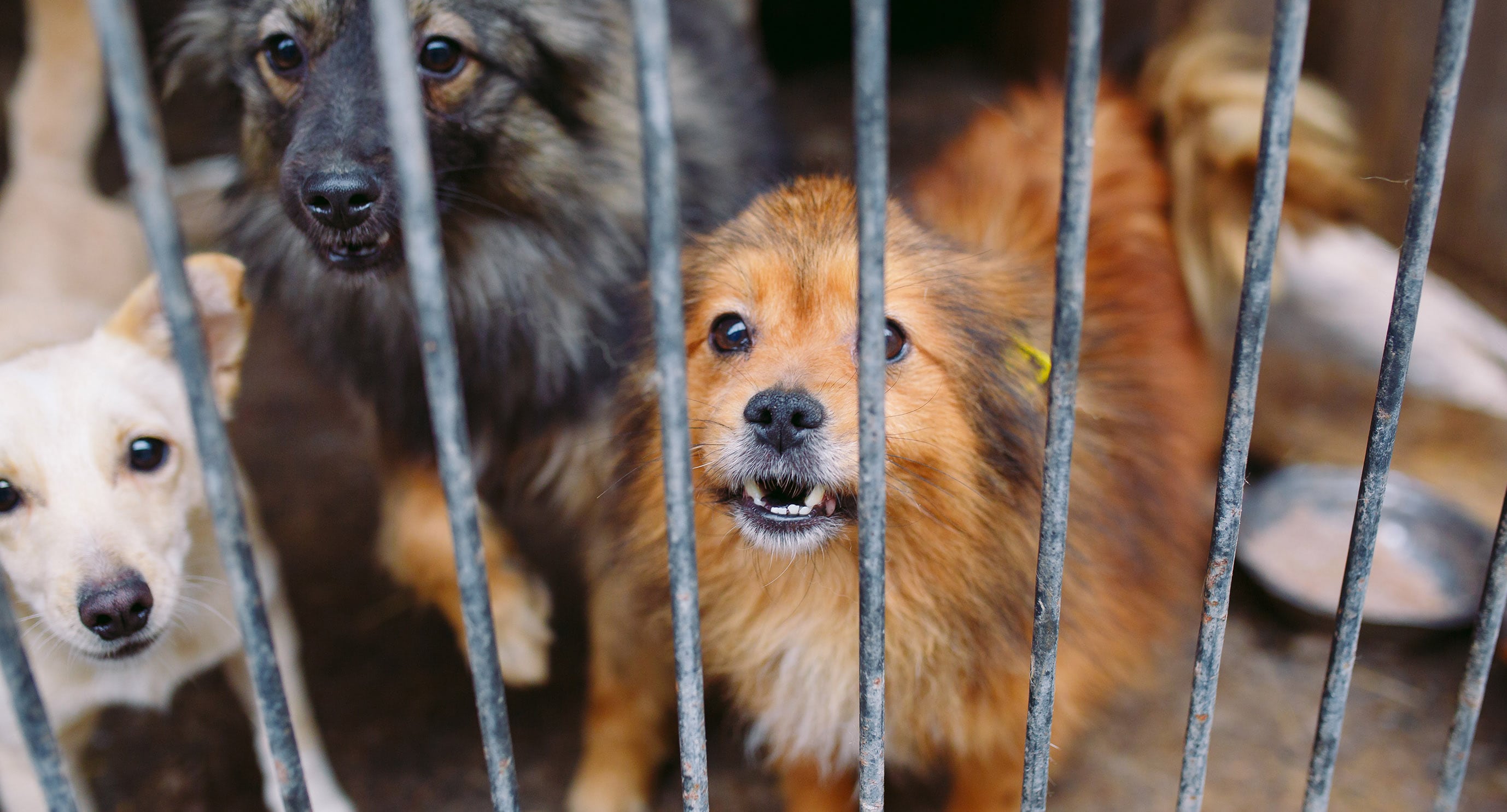Animal abuse and domestic violence
Written by Emma Rogers
People who live in abusive relationships face countless barriers that prevent them from leaving. A common barrier that’s easy to overlook is the presence of a pet in the home.
A 2012 study in Canada showed that 59 percent of survivors delayed leaving their relationship due to concern for their pets. And the connection runs so much deeper.
In many of the cases studied, children witnessed threats or actual abuse against the animals, which can result in a variety of emotional and psychological effects.
About 1 in 5 animal cruelty cases that take place in the home involve children who have likely been abused. On top of that, children who witness animal abuse are at greater risk of becoming abusers as adults.
We know that domestic violence is about maintaining power and control over an intimate partner, and this abuse can take many forms. When it comes to pets, abusers may make threats or use actual violence against animals to manipulate and control the victim.
This further perpetuates a household of fear. This worry may also lead survivors to return to the abusive relationship out of fear for the animal.
What survivors can do before leaving an abusive relationship
Whether pets are at risk or not, anyone trying to leave an abusive relationship should safety plan. You can always contact the free, 24/7 SAFEline by calling 512.267.SAFE (7233), texting 737.888.7233, or visiting safeaustin.org/chat to help make your own safety plan.
A good safety plan includes:
- Identifying safe people you can turn to
- A place to stay
- Having access to money, important documents, medicine, and clothes
- Talking to your children about safety planning
- Deciding which co-workers you can tell about your situation
- Arrangements for where pets will stay (some shelters, like SAFE, work to keep pets with their owners)
As the correlation of domestic violence and animal abuse has become increasingly apparent, many states, including Texas, have recognized the need to include pets in protective orders.